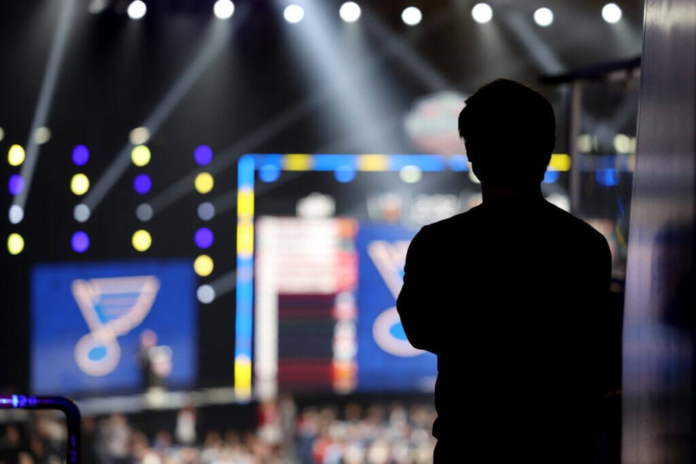I’ll get the backstory out of the way as quickly as possible: Following my graduation from university in 2010, I wrote about hockey as the industry transitioned from print to online. I wrote for any website that would pay me, focusing on the analytical side of the game. At a certain point, I determined that writing about hockey analytics in the early 2010s wasn’t a viable career path and quit in the summer of 2014 to begin a new career as a personal trainer.
Six weeks later, I received a text message with a job offer. For the next eight years, I worked in the Hockey Research & Development department of the Toronto Maple Leafs.
When that department was formed in 2014, the landscape of hockey research was much different than it is today. At the time, it was probably easier to grab low-hanging fruit: Big players were overvalued, small players were undervalued, and teams signed players to contracts coming off career-high seasons in shooting percentage. Teams wasted roster spots on fighters, and they wasted draft picks on tall players who could dunk a basketball but offer little on the ice.
Being able to contribute to a team as the sport got progressively smarter was a rewarding experience, if not a little annoying when the same team (not saying who) kept drafting the same players that our department wanted to draft.
By 2022, the demands of the job changed. The low-hanging fruit is arguably gone, and teams now need people who are a lot smarter than me to make sense of the millions of data points that teams have access to. The basics of hockey analysis are so ingrained within the Maple Leafs’ front office that they don’t need somebody at the table telling them why it doesn’t make sense to extend a player coming off a 21-goal season where he shot 14.3 percent, after previously only shooting 7.3 percent in his career.


